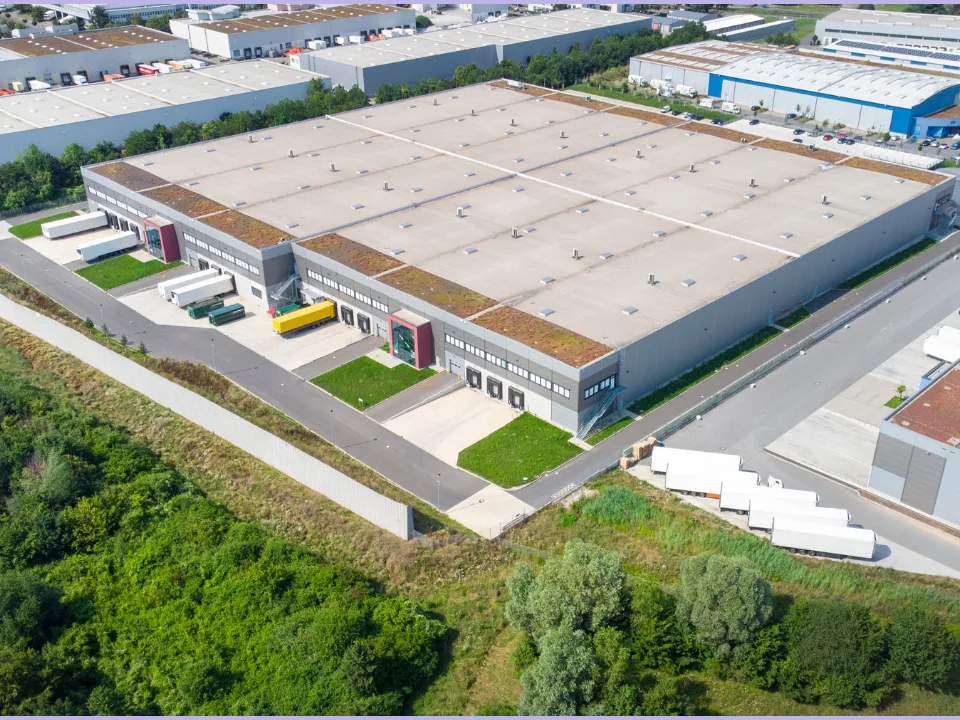- Rexford Industrial Realty’s Q2 vacancy rate was just 2.7%, much lower than the Southern California infill market rate of 3.9%.
- The company focuses on smaller warehouses, averaging 26 KSF, which has proven to be a resilient segment.
- Rexford’s strong financial performance includes 55% higher net income and 21% higher total revenues YoY.
According to Bisnow, Rexford Industrial Realty (REXR), an LA-based REIT, is successfully navigating a national warehouse slump by specializing in smaller buildings.
This strategic focus allowed Rexford to hit a Q2 vacancy rate of 2.7%, outperforming the SoCal infill market’s 3.9% and the national industrial vacancy rate of 7.1%, as reported on The Real Deal.
Smaller Warehouses, Fuller Boxes
Rexford’s portfolio primarily consists of smaller warehouses averaging 26 KSF, which have proven to be more resilient than larger facilities. The REIT’s Q2 net income surged to $79.8M, up 55% from the same period last year, while total revenues grew 21% to $237.6M.
On its earnings call, Rexford emphasized its niche focus on smaller warehouses compared to the broader industrial market, which is still stuck on larger warehouses that saw significant rent hikes during the pandemic but have since cooled down.
Rexford also highlighted the high barriers to entry for smaller warehouse markets, especially in SoCal, as a key advantage. The REIT’s tenants have been renewing leases despite built-in 4% rent hikes, indicating confidence in the company’s offerings and a reluctance to seek alternatives.
Long-Term Outlook
Rexford leadership is optimistic about the long-term prospects for SoCal’s infill market due to the region’s persistent supply-demand imbalance. In Q2 alone, Rexford secured eight new subleases totaling 275,000 KSF.
Nationally, net absorption for industrial properties has fallen from 74.4 MSF last summer to 45.5 MSF this time around. In SoCal in particular, vacancies are up due to less consumer spending, with observers predicting more vacancy growth and a rise in subleasing.
Bigger Picture
Despite its niche focus, Rexford is mindful of broader market pressures, including the impact of excess capacity in the third-party logistics sector and potential changes in tariff policies. The company is also addressing challenges related to adequate power supply, crucial for supporting manufacturing growth.
Prologis (PLD), the nation’s largest industrial landlord, reported 18% less revenue in Q1, highlighting the sector’s ongoing challenges. Prologis blamed the drop on rising vacancies and falling demand following the pandemic e-commerce boom. The firm is now focused on data centers and AI infrastructure as potential growth areas.
















